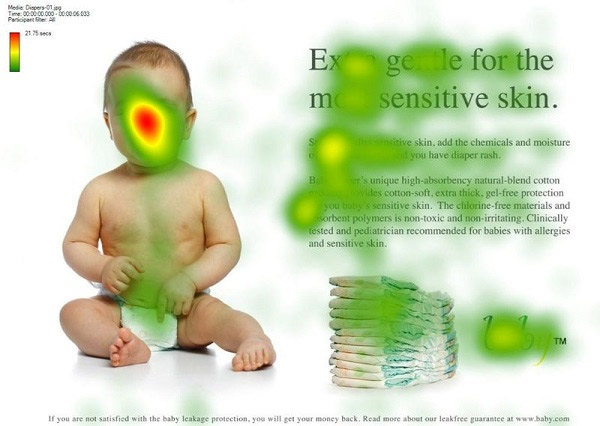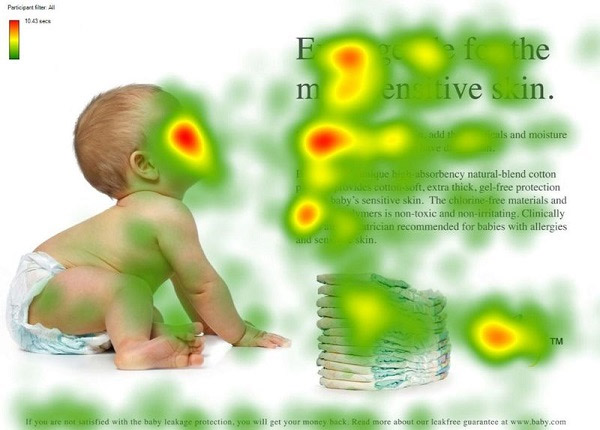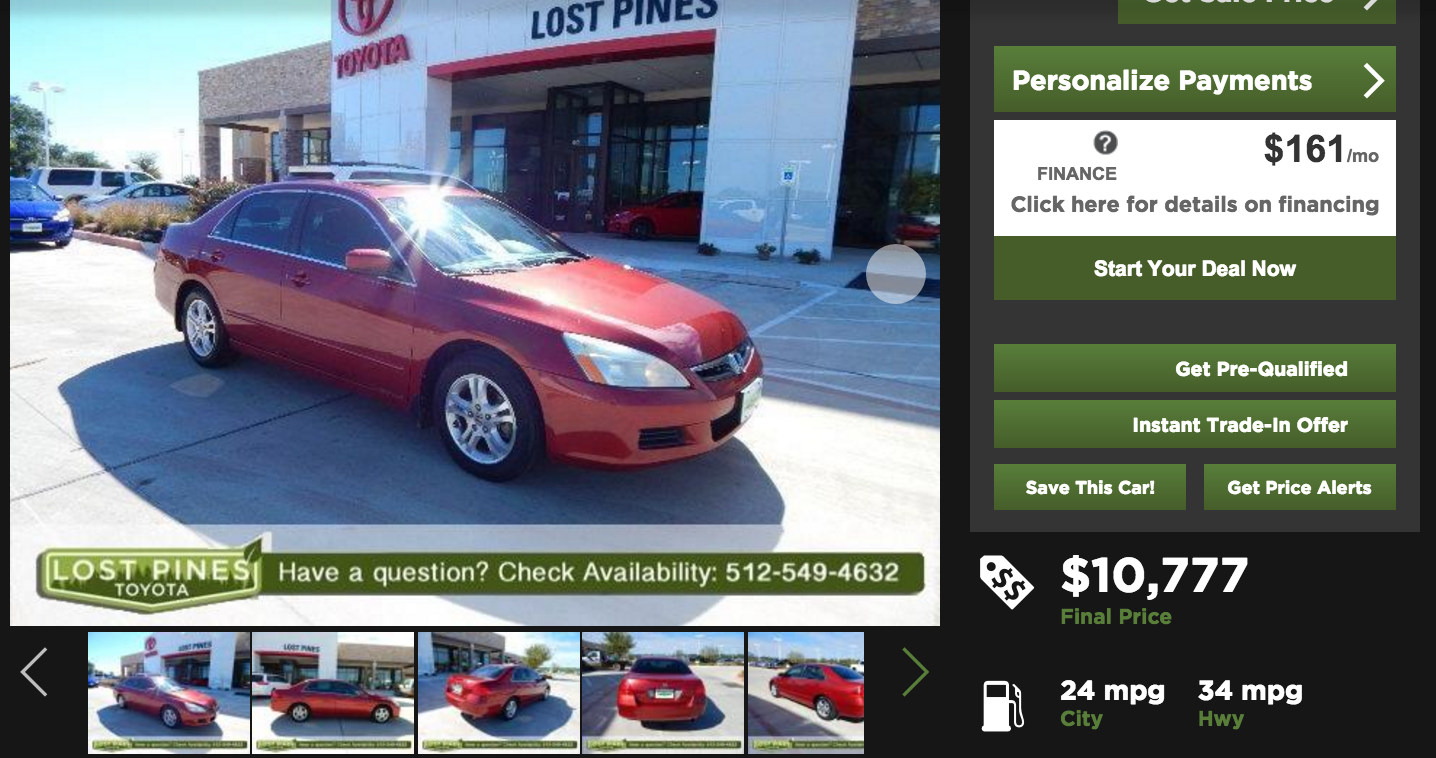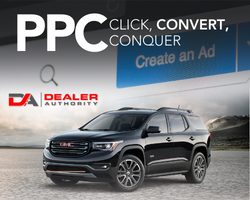What does a baby have to do with used vehicle merchandising?
Well, nothing actually, but we got your attention didn’t we? And while getting attention is key to effective inventory listings, keeping that attention is what will lead to the sale. (More on the baby later.)
We see so much more poor merchandising of inventory listings across our marketplaces (Vast, CarStory’s parent company, has a used inventory of approximately 4M vehicles) and it’s such a waste in terms of dollars and consumer engagement. Capturing eyeballs is, as we all know, very expensive. So once you have that initial traffic, why waste that investment on incomplete listings?
We often see dealership listings with incomplete information and which do not showcase the vehicle features that are most important to consumers. For example, our research shows that consumers are more interested in reconditioning information over pricing info, so why don’t more dealers include and highlight that info?
But the problem really starts with the dealerships’ most powerful merchandising tool: the actual images of the vehicle.
How, and in what order, images are presented is a critical, yet largely ignored, merchandising tactic. Good vehicle images and robust information will help drive consumers to purchase at your dealership (versus the dealership with poor images and information). Yet, many dealers still use stock vehicle photos, and give no consideration to the order in which the images are presented.
A picture may be worth a 1,000 words but if your customers can’t easily see the one they want – you could be losing out on sales. Now, about that baby and how it could help you think through your image display strategy:
- Post real photos. In the past, when photography took film and developing time, this was understandable. But today, smart phones and digital cameras make it easy and economical to snap good pictures and post them instantly – or to hire someone to do it for you.
- Photo sequence matters, as does composition. If you are just posting photos in the order your photographer sends them to you, or the order your website provider requires, you may not be showing the vehicle to your potential buyers in the way they intuitively shop. Our data shows that consumers are most responsive first to the overall shot of the vehicle (the beauty shot) followed directly by the full interior dash including radio/infotainment, center console and steering wheel.
- Direction is crucial. Now, to the baby: Research shows that the consumer’s focus is influenced heavily by the direction of an image. For example, in this eye tracking study, you can see how the baby’s gaze directs the viewer to focus on the content that he is looking towards (red areas indicate the longest look from the viewer):


This will also work with vehicle listings – when posting your photos, make sure you point your vehicles toward the most important vehicle information or call to action, as seen in this example:

- Use the right 9 images on marketplaces. Our research shows that that, in terms of lead generation, listings with nine images outperform those with 30 images: shoppers higher in the funnel are not as interested in every detail but want an overall “picture” of the vehicle before diving deeper. And remember, choose the 9 that tell the vehicle’s story and show what the driver will see and experience day-to-day.
- Use only as many photos as are absolutely necessary to tell the story of the vehicle on your own site. So, if nine images is the optimum number, resist the urge to show 10 pictures of tires (your cars only have 4 each, right?), or multiple pictures from slightly different angles of the same thing. Be selective and precise!
- Be Transparent – Photograph vehicle flaws; honesty goes a long way with consumers. A customer who shows up on your lot in response to what he/she thinks is a cosmetically perfect vehicle will not be a happy customer when an in-person inspection reveals a major flaw. But if they know what they are getting, you can build trust and get directly to a real transaction.
In conclusion, take as much care with how your images are posted, and what info accompanies them, as you take with the way you present vehicles in your showroom. It takes a lot of effort and dollars to capture a set of eyeballs, but much less effort to ensure those eyeballs like what they see when they get there.
Question:
Do you agree that 9 pictures is the magic number? More or less? Share your strategy in the forums.








